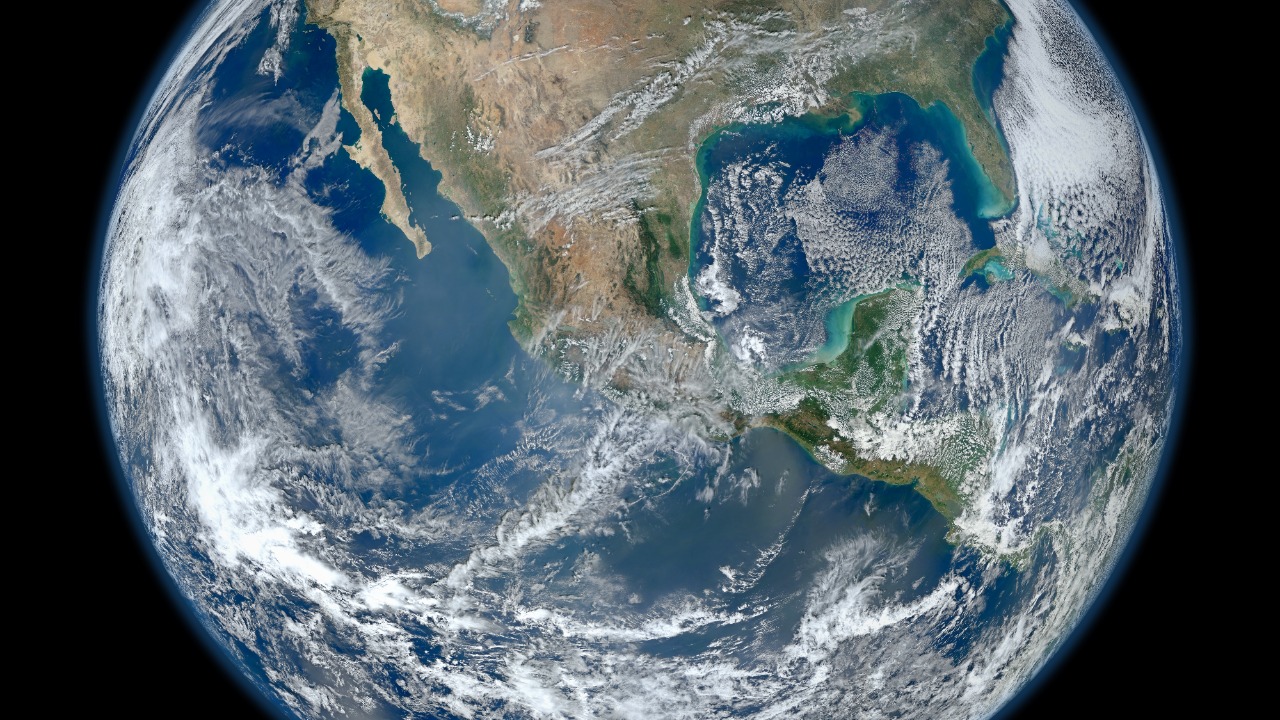
Recent scientific findings suggest that Earth once boasted oceans that were twice as deep as they are today. This groundbreaking discovery not only reshapes our understanding of Earth’s geological history but also opens new avenues for research into planetary formation and the evolution of life.
The Discovery: Unveiling Earth’s Ancient Oceans
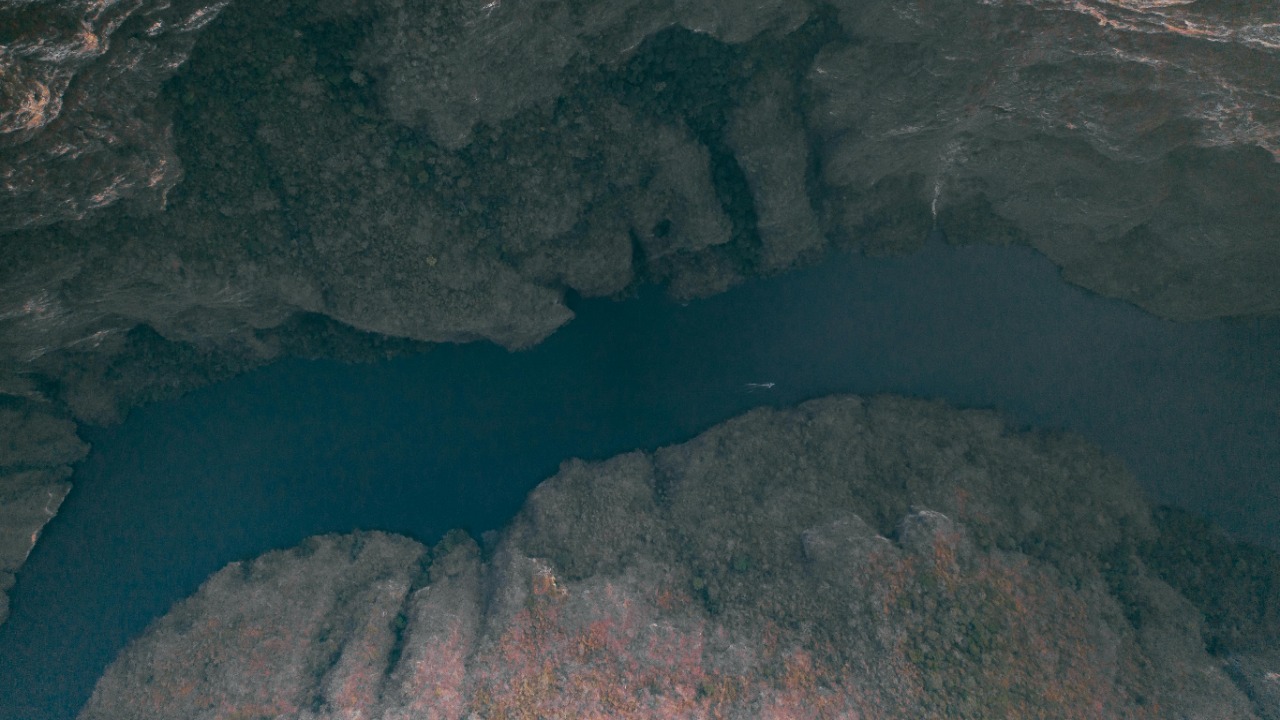
To uncover evidence of Earth’s ancient deep oceans, scientists employed a range of advanced research methods and techniques. The analysis of geological strata and sedimentary rock formations played a pivotal role in this discovery. By studying layers of rock that date back to different periods, researchers could infer the presence of vast, deep bodies of water. This geological evidence was further supported by advanced simulation models that simulated the dynamics of Earth’s mantle and crust, providing insights into how these deep oceans could have existed.
The key findings from this research were bolstered by corroborating data on the dynamics of Earth’s mantle and crust. This data suggested that the planet’s internal processes might have supported the existence of such deep oceans. The combination of geological and simulation-based evidence paints a compelling picture of an Earth that was once dominated by oceans far deeper than those of today, fundamentally altering our understanding of the planet’s early conditions.
Implications for Earth’s Geological History

The revelation of Earth’s ancient deep oceans necessitates a reevaluation of existing theories, particularly in the context of plate tectonics. The presence of vast, deep oceans would have had significant implications for tectonic activity, potentially influencing the movement of tectonic plates and impacting continental drift. The increased water pressure and volume could have affected volcanic activity, contributing to the formation of mountain ranges and other geological features. This new perspective challenges existing theories and prompts further investigation into how these deep oceans reshaped Earth’s geological landscape.
Moreover, the existence of expansive oceans in Earth’s past has profound implications for our understanding of the planet’s climate and atmospheric evolution. The vast bodies of water would have played a crucial role in shaping ancient climate patterns, influencing temperature regulation and precipitation cycles. The interactions between these deep oceans and the atmosphere could have impacted the composition of gases over time, potentially affecting the development of life. Understanding these interactions is essential for reconstructing Earth’s climatic history and gaining insights into the conditions that supported life.
Comparisons with Other Celestial Bodies
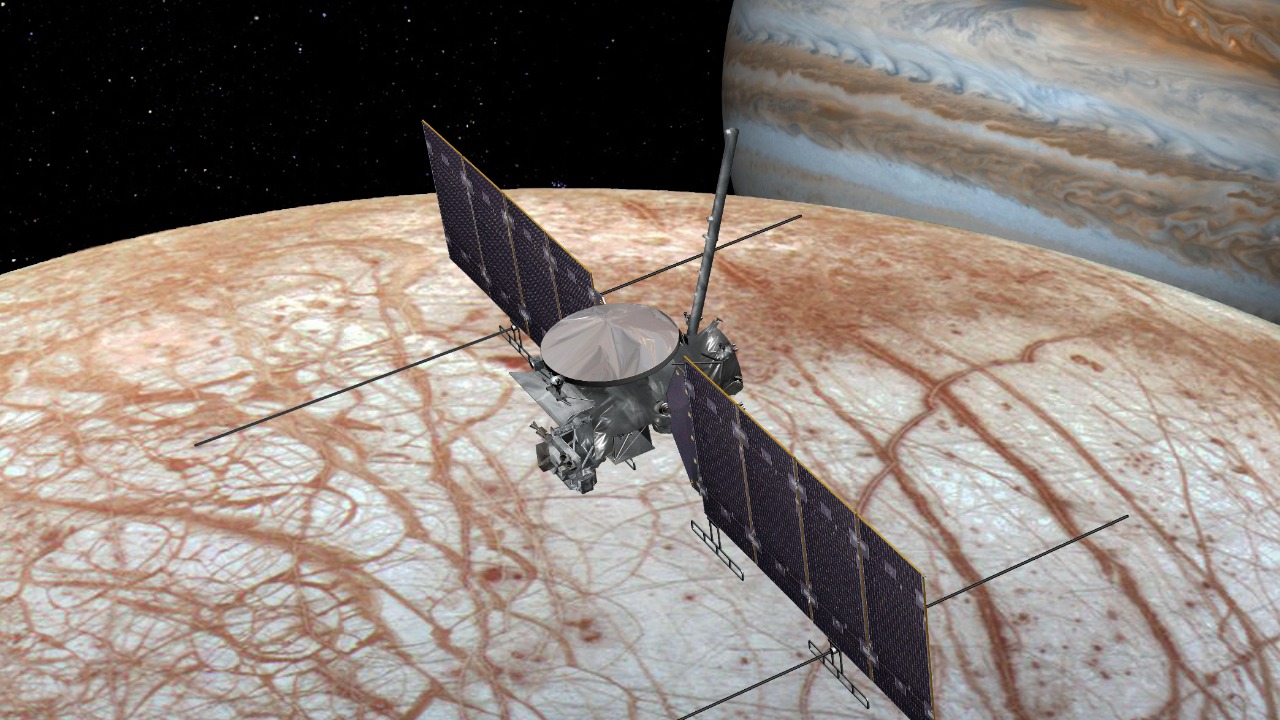
Exploring Earth’s ancient oceans also opens new avenues for comparison with other celestial bodies. One intriguing comparison is with Europa, one of Jupiter’s moons, which is believed to harbor a subsurface ocean. Insights from NASA’s Europa Clipper mission could offer valuable parallels to Earth’s ancient oceans. By studying Europa’s subsurface ocean, scientists hope to learn more about the potential for life in such environments and draw comparisons with Earth’s past aquatic conditions.
Beyond Europa, the possibility of deep oceans on exoplanets presents exciting opportunities for research. Scientists are examining exoplanets that may possess conditions conducive to the presence of liquid water, which is essential for life as we know it. These studies have significant implications for astrobiology and the search for extraterrestrial life, as they expand our understanding of where life could potentially exist beyond Earth. By comparing Earth’s past oceans with those on other celestial bodies, researchers can gain valuable insights into the conditions that support life in the universe.
Future Research Directions and Technological Advancements
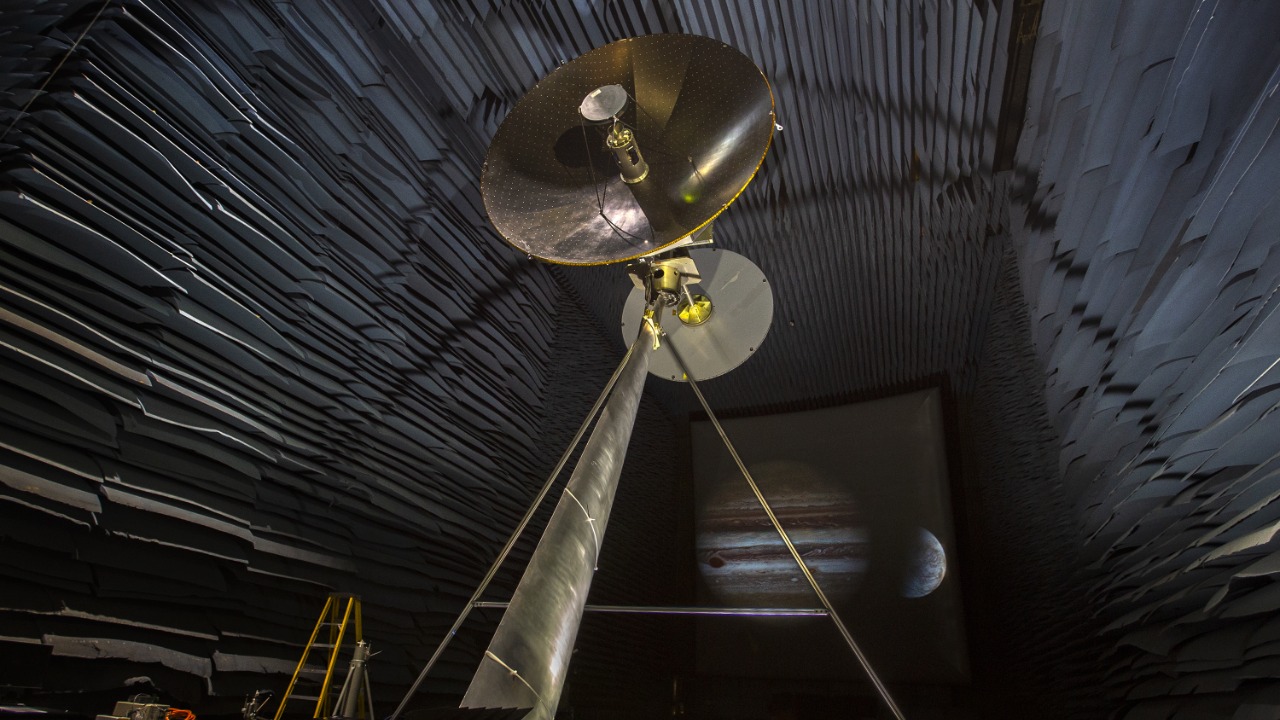
The discovery of Earth’s ancient deep oceans paves the way for future research directions and technological advancements in Earth science. Emerging tools and technologies are revolutionizing the study of ancient oceanic evidence. Innovations in remote sensing and geophysical analysis enable scientists to gather data from previously inaccessible areas, providing a more comprehensive understanding of Earth’s geological history. Additionally, the integration of AI and machine learning in geological research allows for the analysis of vast datasets, uncovering patterns and insights that were once hidden.
The expansion of research into planetary exploration and oceanography is another promising avenue. Collaborative efforts among scientists from different disciplines facilitate a holistic approach to studying subsurface oceans, both on Earth and beyond. Future missions and projects aimed at exploring subsurface oceans hold the potential to uncover new knowledge about Earth’s past and inform our understanding of other planetary bodies. By combining expertise from various fields, researchers can push the boundaries of what is known about Earth’s geological history and its place in the universe.
The Broader Impact: Understanding Earth’s Place in the Universe
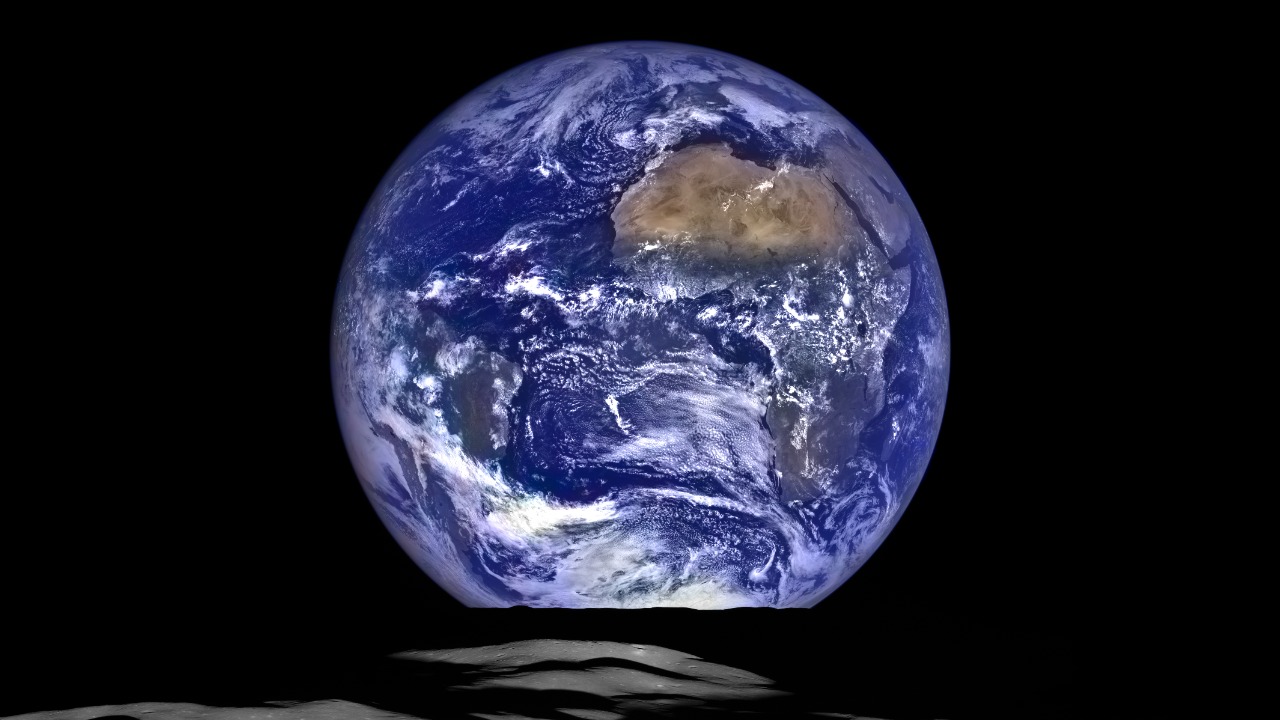
The discovery of Earth’s ancient deep oceans prompts a reassessment of the planet’s uniqueness within the solar system. Understanding the conditions that allowed for such vast oceans provides insights into the factors that make Earth distinct. This knowledge also raises philosophical and existential considerations about Earth’s place in the universe and the potential for similar conditions to exist elsewhere. The study of Earth’s past enriches our understanding of its present and future, deepening our appreciation for the planet’s complexity and diversity.
Bridging science and society is crucial in disseminating these scientific discoveries to the public. Engaging with the public through education and outreach initiatives fosters a greater understanding of Earth’s geological history and its implications. Encouraging interdisciplinary collaboration allows scientists to continue unraveling Earth’s mysteries and share their findings with a wider audience. By fostering a sense of curiosity and wonder about our planet’s past, we can inspire future generations to explore and protect the natural world.